Over a little more than a kilometer, along the streets of São Bartolomeu de Messines, there is now a pedestrian path that shows the trade of the tinsmith.
This itinerary was inaugurated last Friday at the end of the afternoon, by the presidents of the Silves Chamber and of the Parish Council of São Bartolomeu de Messines, by those responsible for the TASA Project, which has promoted the recovery of the tinsmith's craft, by the family of the last tinsmith in the village, three of the four new tinsmiths and still many interested people.
Accompanying the parade through the streets were the group Matabicho, with their drums and bagpipes, as well as the singing of the Alentejo ladies of the group «Flores do Campo» and also the young gymnasts of Casa do Povo.
The itinerary leaves from the Museu do Trajo e das Tradições (Museu do Trajo e das Tradições) and ends at the house where João de Deus was born, located in the old town, which is reached by crossing narrow streets with a medieval flair, between walls of lime and excavated in sandstone.
In between, you pass through eleven streets of Messines and emblematic places, such as the market or the church. In the house where João de Deus was born and which is owned by the Municipality of Silves, there is now a workshop where the tinsmiths trained last year work. But these are not always there, because their breadwinner (still) is different.
And were these new tinsmiths – new to the craft, because some are not in their age – who executed the pieces that are now placed on the exterior walls of the museum, some houses, the market and other buildings and public spaces, marking the 14 places where the itinerary must pass. And there are, made in tin, the figures of a pair of dancers, Senhor Raul, a weathervane with a bird, the hands that create or the tools of the trade, among other pieces, marking the 14 stops of the route.
Alexandra Santos, the designer who coordinates the project «A Arte do Latoeiro», explained to Sul Informação that, in May, in a public session with the participation of two dozen people, the themes of the pieces of tinwork were chosen to be placed in each house, in an initiative of design thinking.
“People gave their suggestions as to the themes they wanted to see on the walls. Afterwards, we went to talk to the owners of the houses, to ask permission to place the pieces on their exterior walls. But there were other people who, as the project was already underway, came to us to offer their homes», he added. The fact is that “the people of Messines have a great desire to preserve this memory, which they cherish. They were the ones who asked us for more pieces».
«The art of the tinsmith can be current, if it is adapted to the new times, with innovative pieces», highlighted Rosa Palma, mayor of Silves, referring to the training actions that have already taken place and whose second phase, to «reinforce the skills of apprentices”, should advance soon, as revealed by João Ministro, from ProActiveTur, the company that manages the TASA Project.
The route leaves from the small Museum, because it is there that «the estate donated by Mr. Raul's family» (which was actually called António Nascimento) and where, soon, there will even be «a room dedicated to the craft of tinsmithing».
And it passes by the houses where the one who was the last tinsmith in Messines had his two workshops. Next to one of them, Mr. Raul's son, Carlos Branco, accompanied by other family members, emotionally thanked the tribute to his father. "This is a faithful portrait of my father, without taking or putting it on", he said. "That was the intention," replied David Fernandes, the responsible artificer.
In the Algarve (and also nationally), the art of tin making is at risk of extinction, because of the devaluation and disinvestment that this activity has undergone in recent decades, which has prevented the renewal of artisans and their training to adapt to current times. .
In 2017, the TASA/Proactivetur Project, in partnership with the Municipality of Silves and support from EDP (Project “The art of the tinsmith” – Traditions Programme), managed to train four new tinsmiths in a master-apprentice knowledge transmission model.
A line of contemporary tinware products was created. took place workshops with schools and the community, giving the opportunity to experience the materials and techniques of the tinsmith.
A video was also made, which documents the process in which apprentices learn from the master, replicating what was the usual practice in the preparation of new artisans and artisans.
In the second phase, which runs until next September, the intervention is consolidated by strengthening the capacity of new tinsmiths, supporting the sustainability of the activity, and a more active and direct involvement of the community in order to make tinsmithing a living tradition, that the village lives, through the creation of this route.
O TASA Project is an initiative of CCDR Algarve, with the aim of affirming handicraft as a profession with a future in the Algarve. The project has been managed by Proactivetur since 2013, within the scope of a collaboration protocol between both entities, free of charge for CCDR Algarve.
Photos: Elisabete Rodrigues | Sul Informação
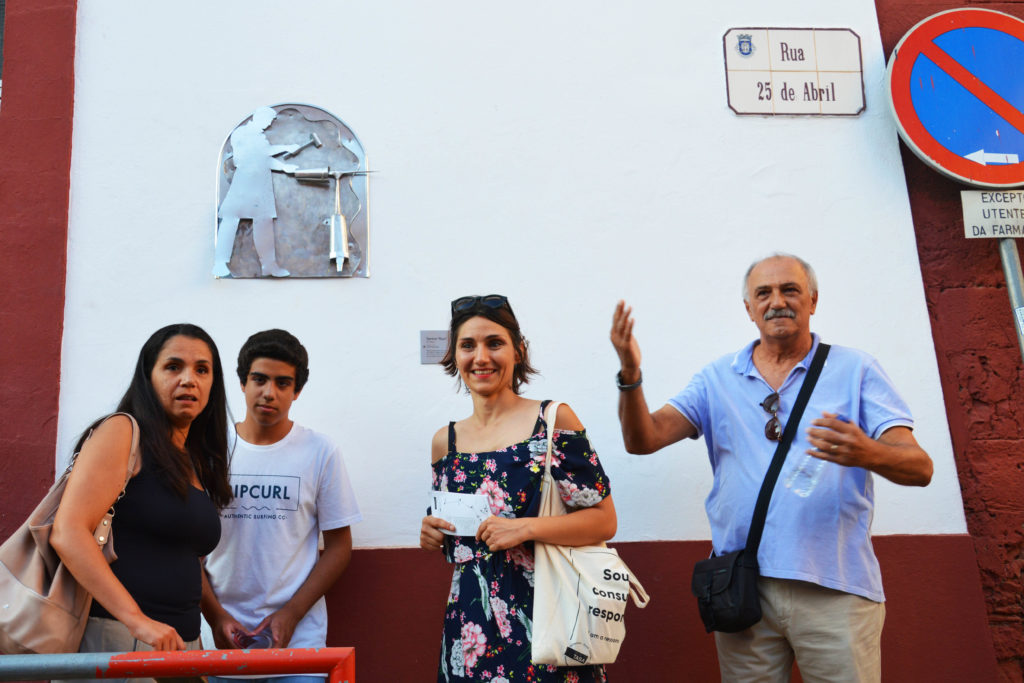
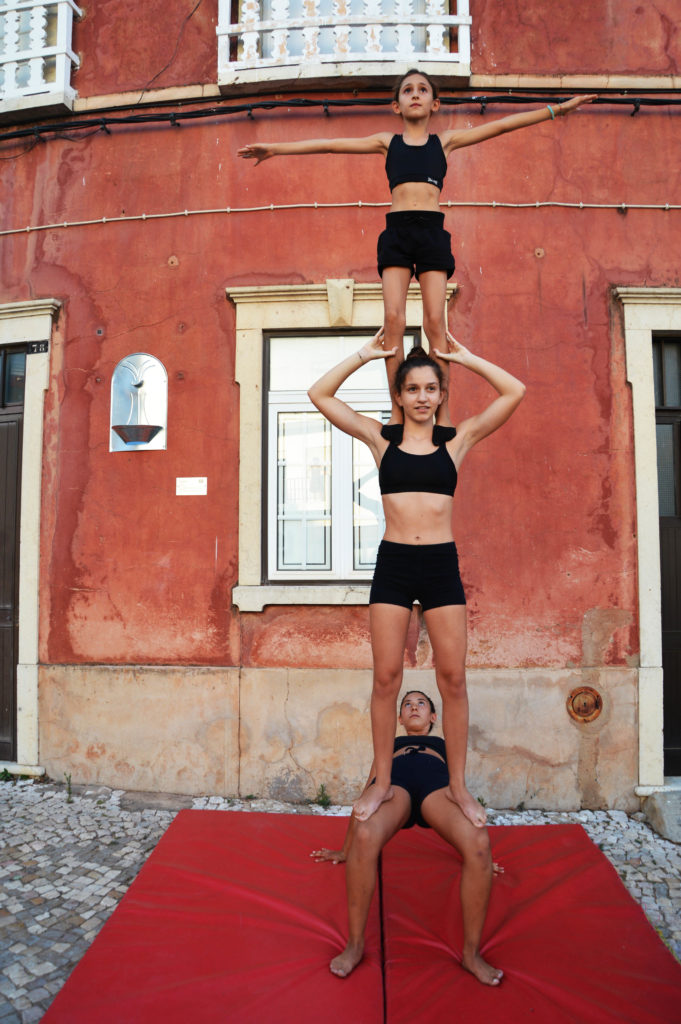
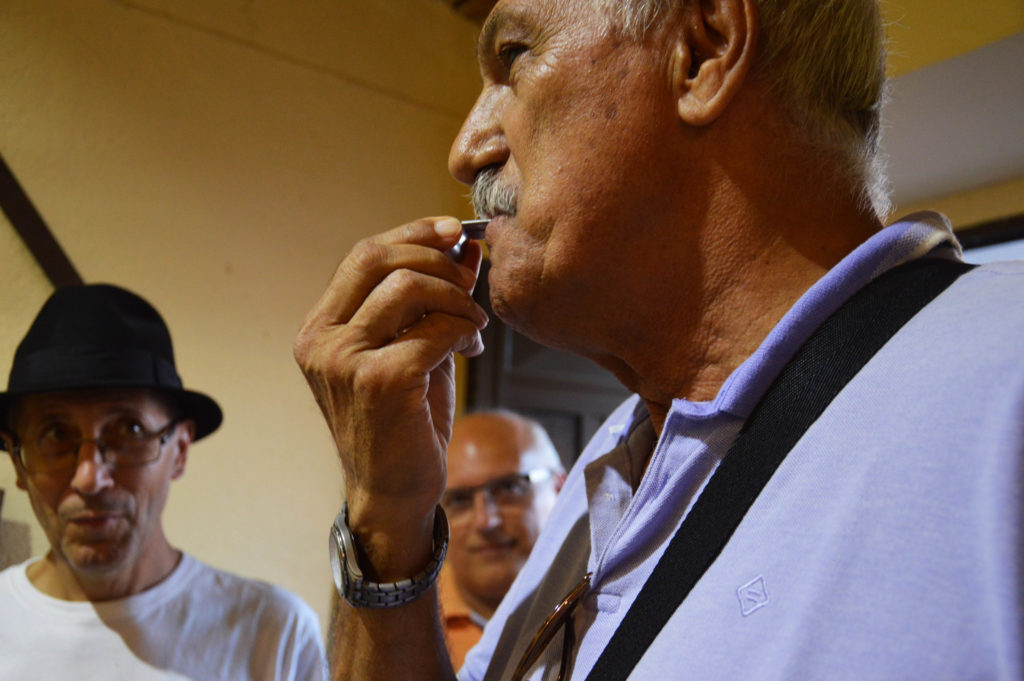
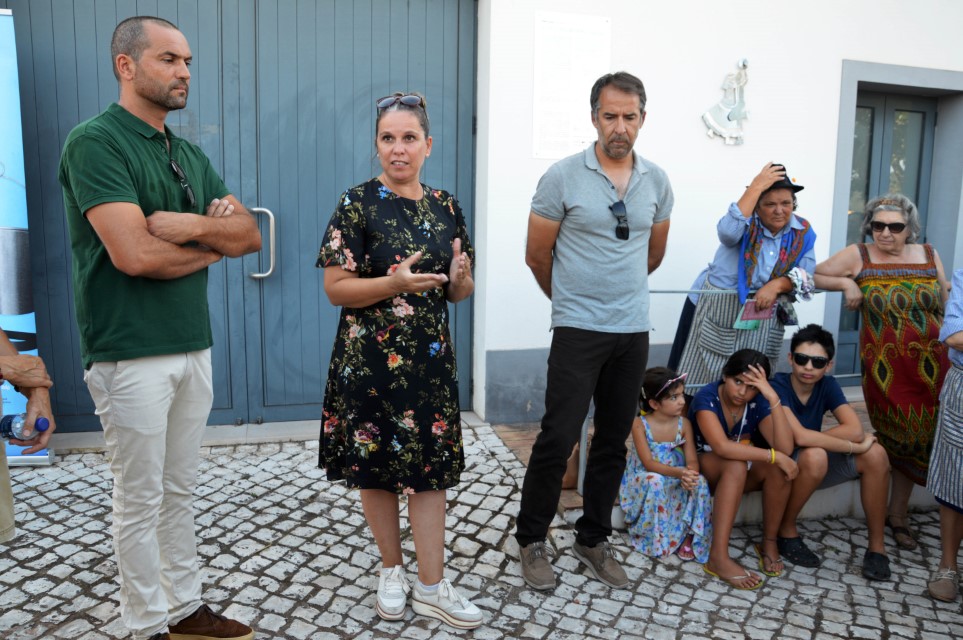
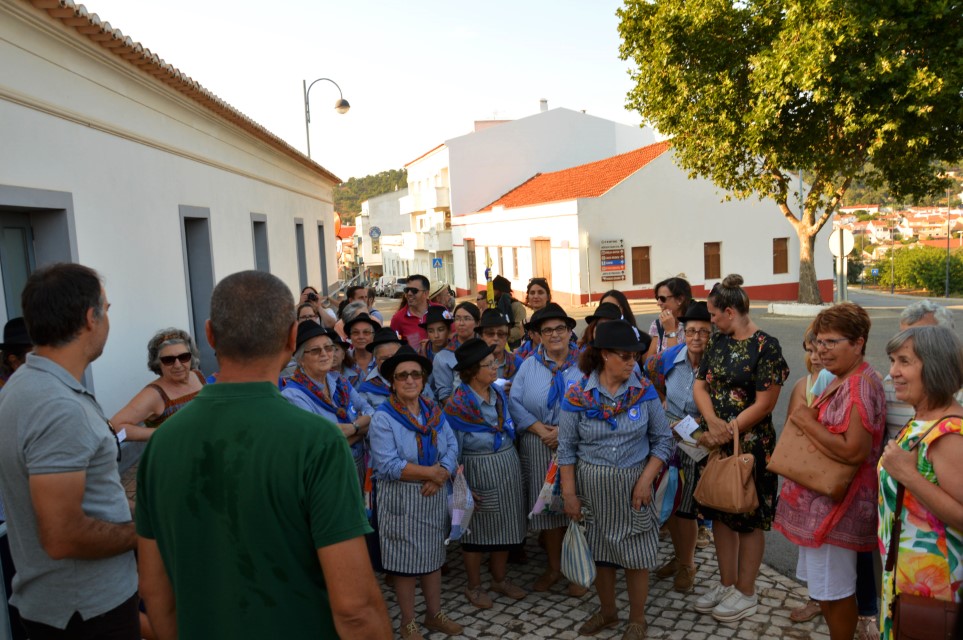
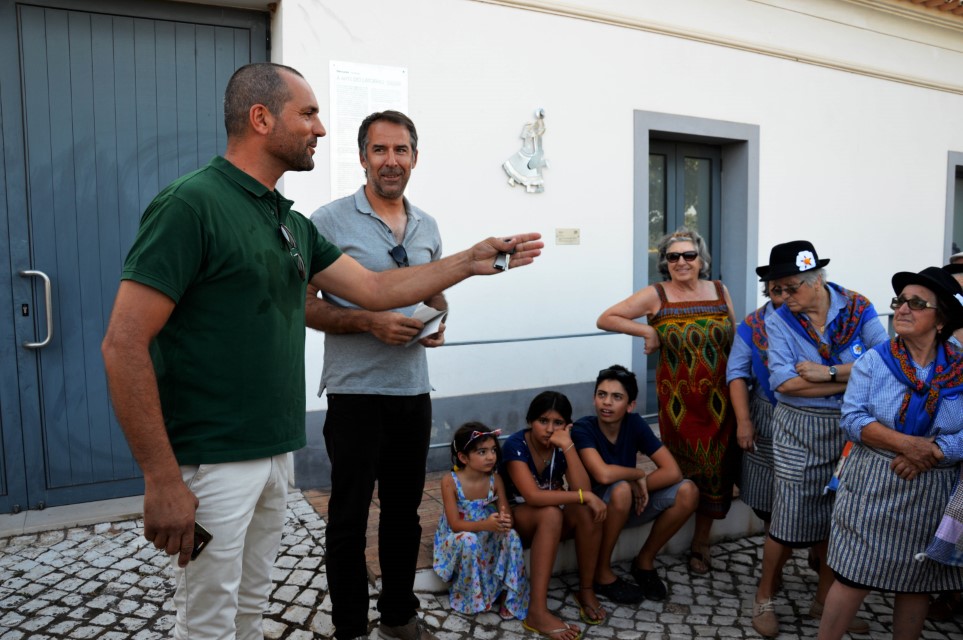
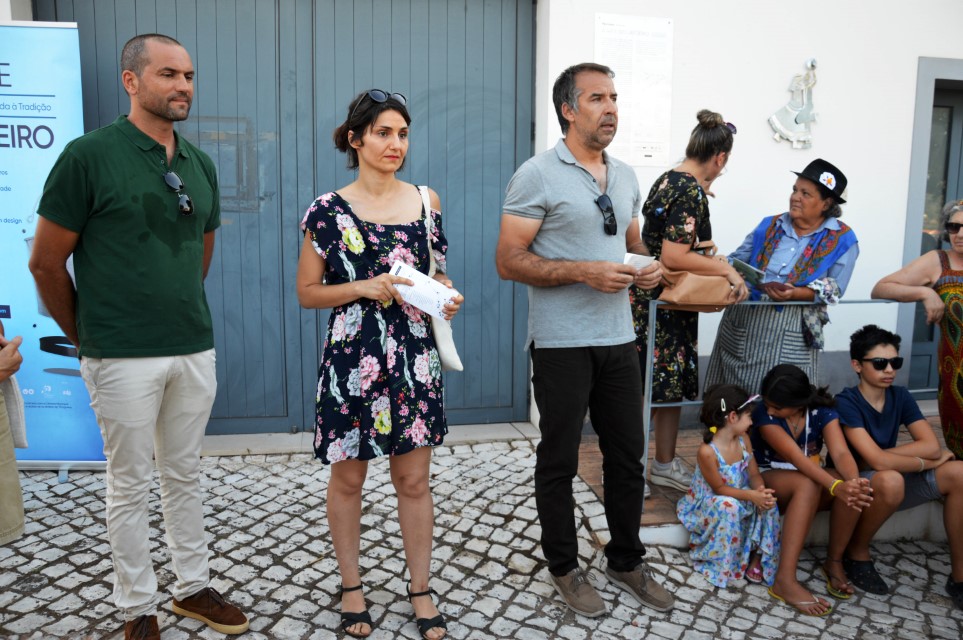
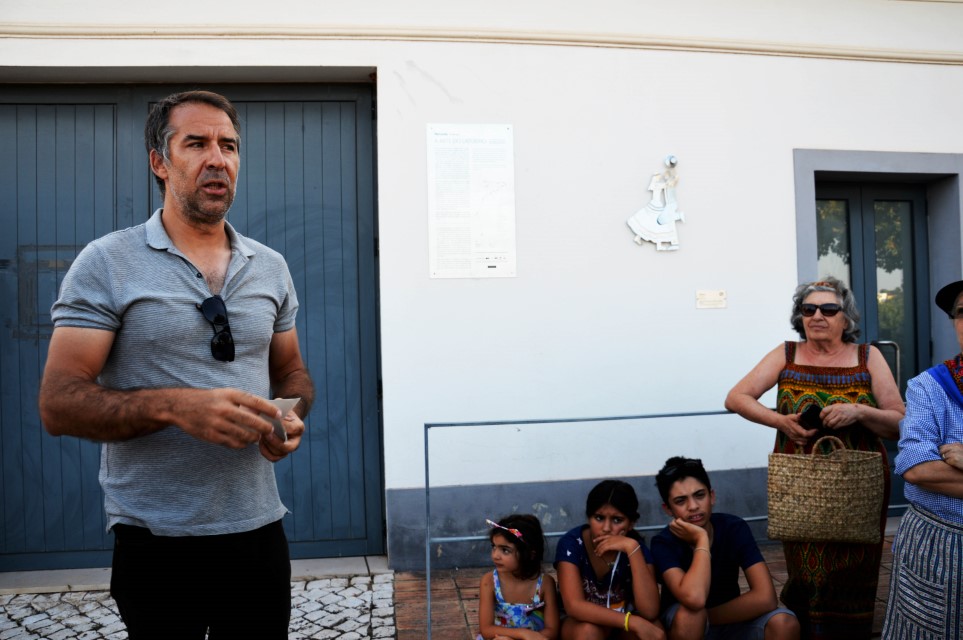
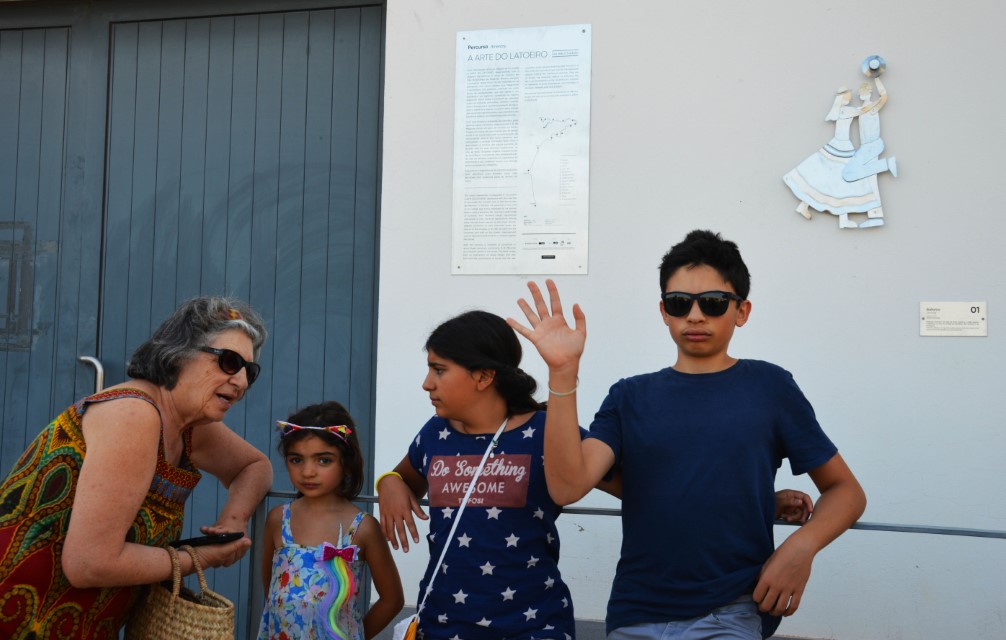
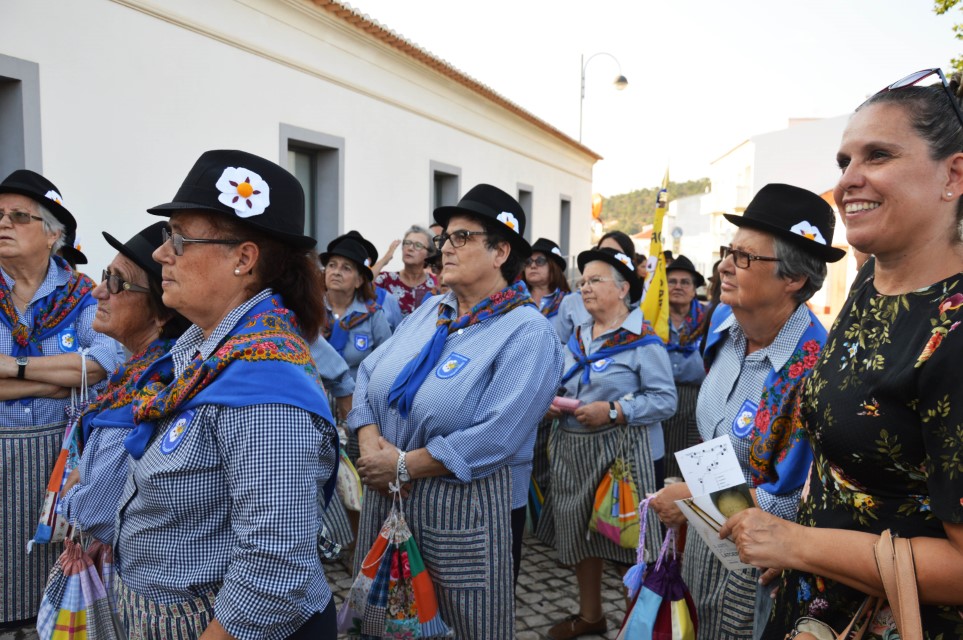
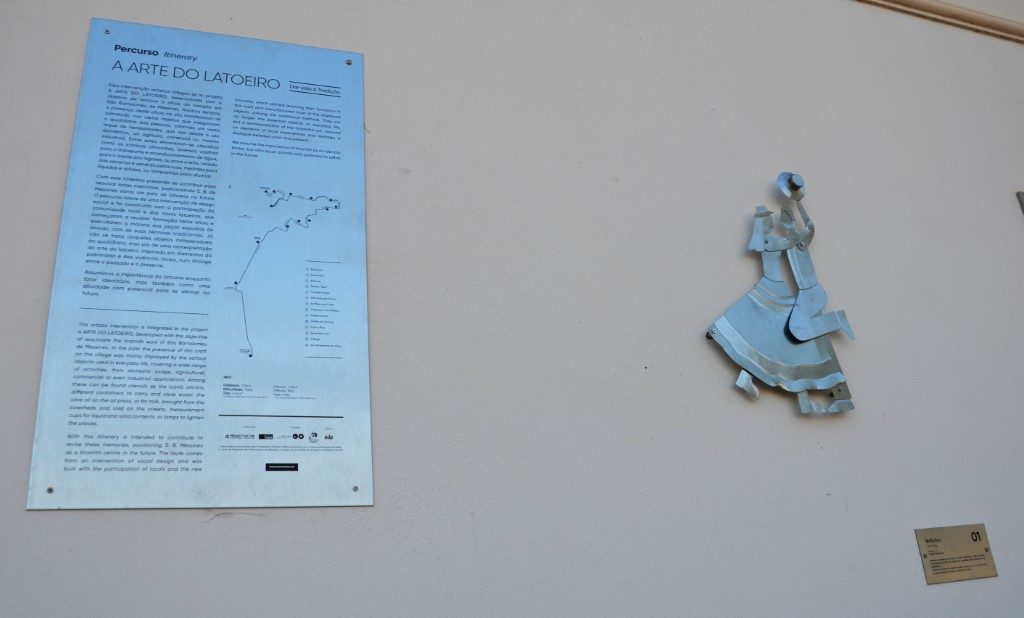
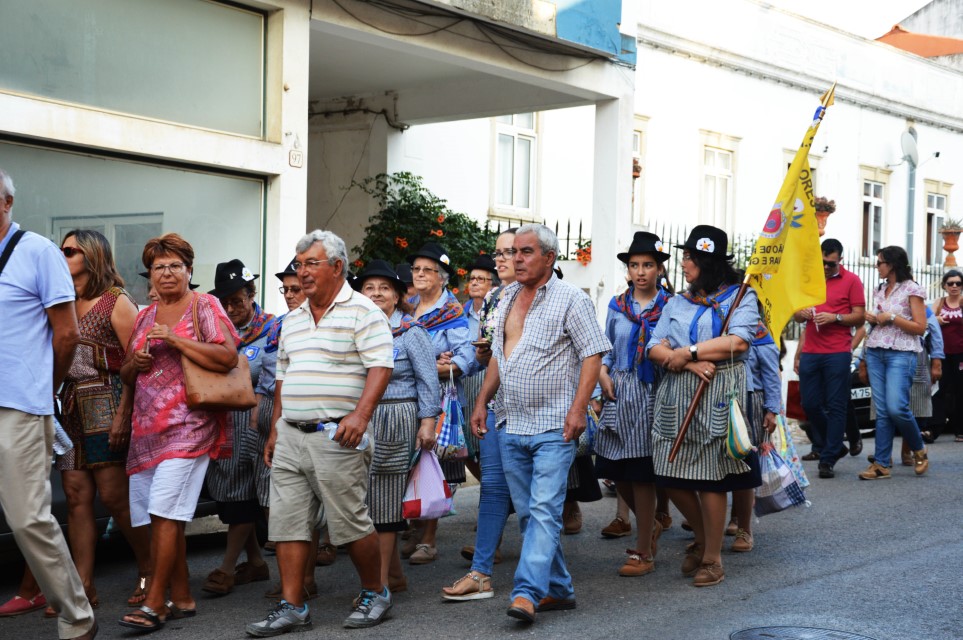
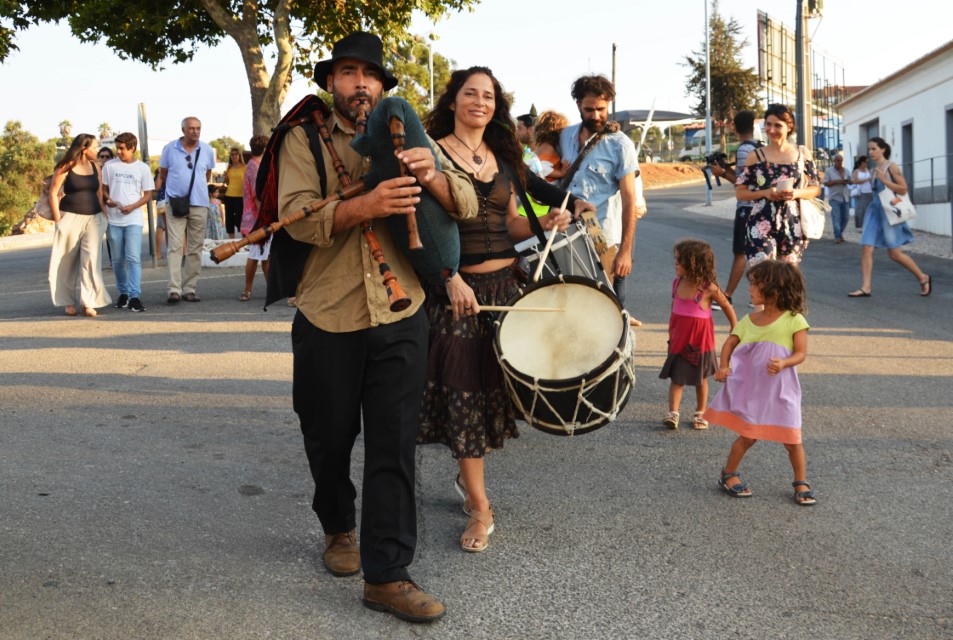
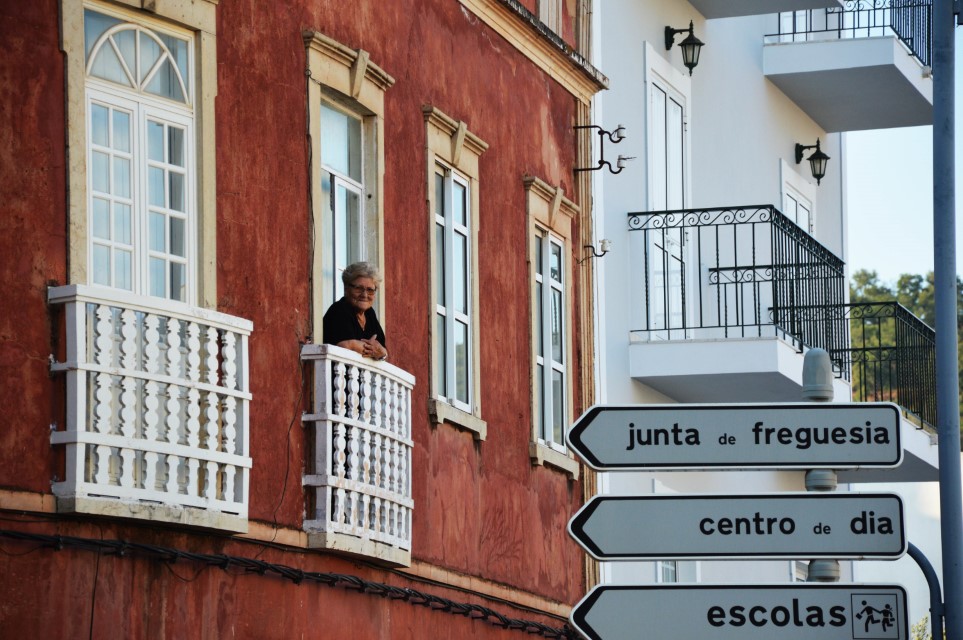
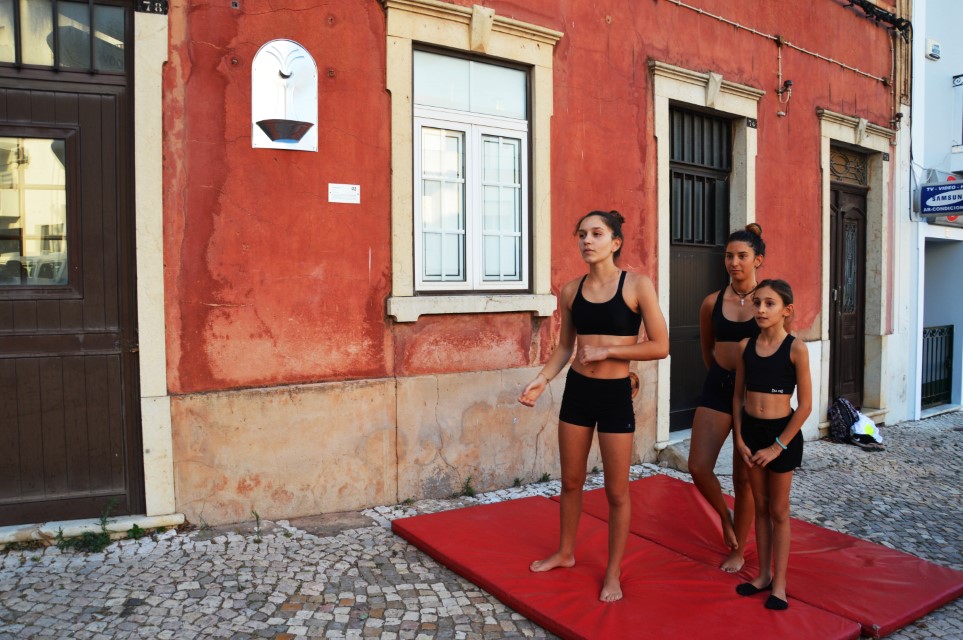
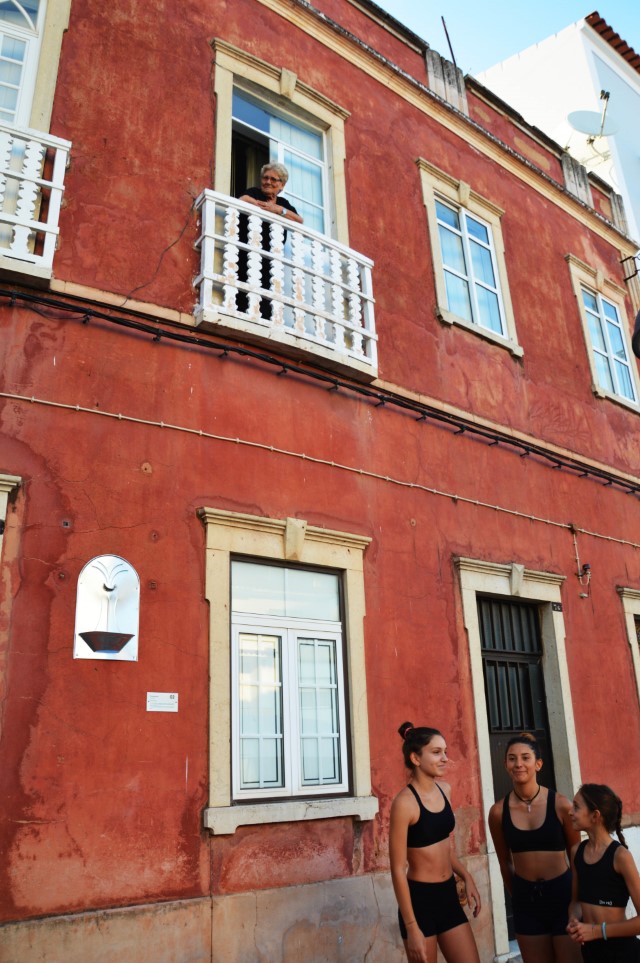
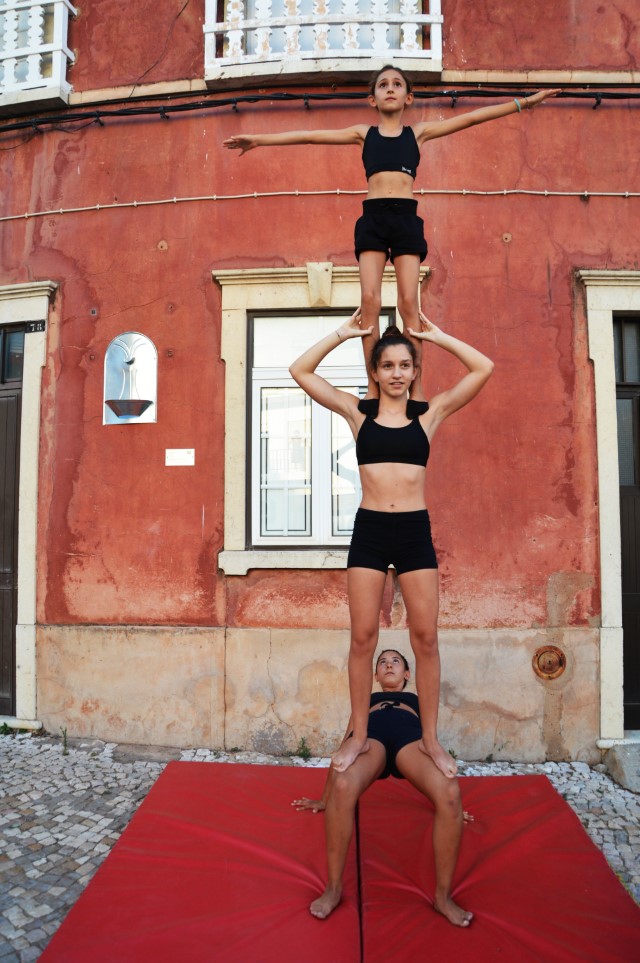
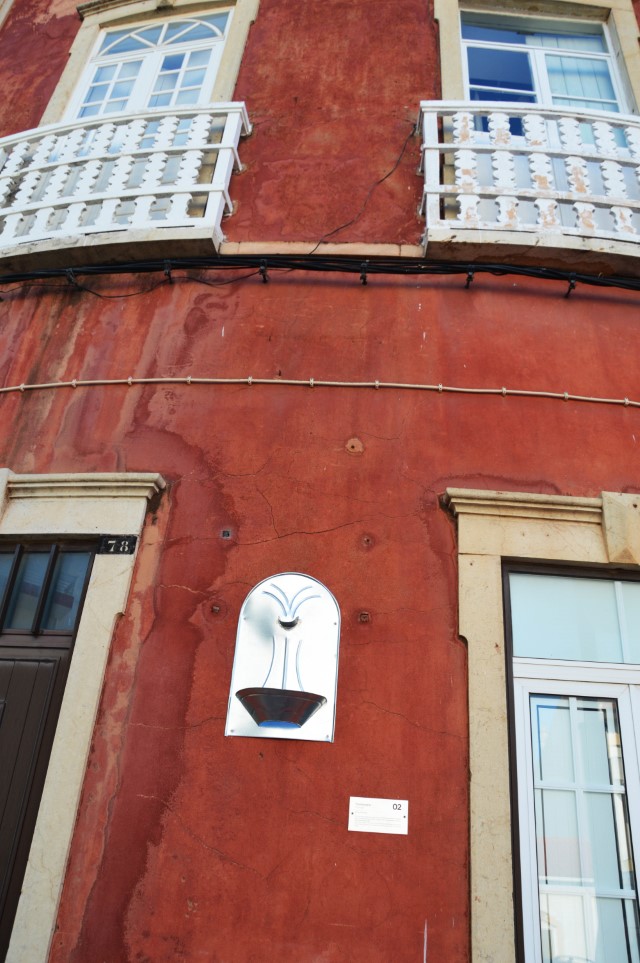
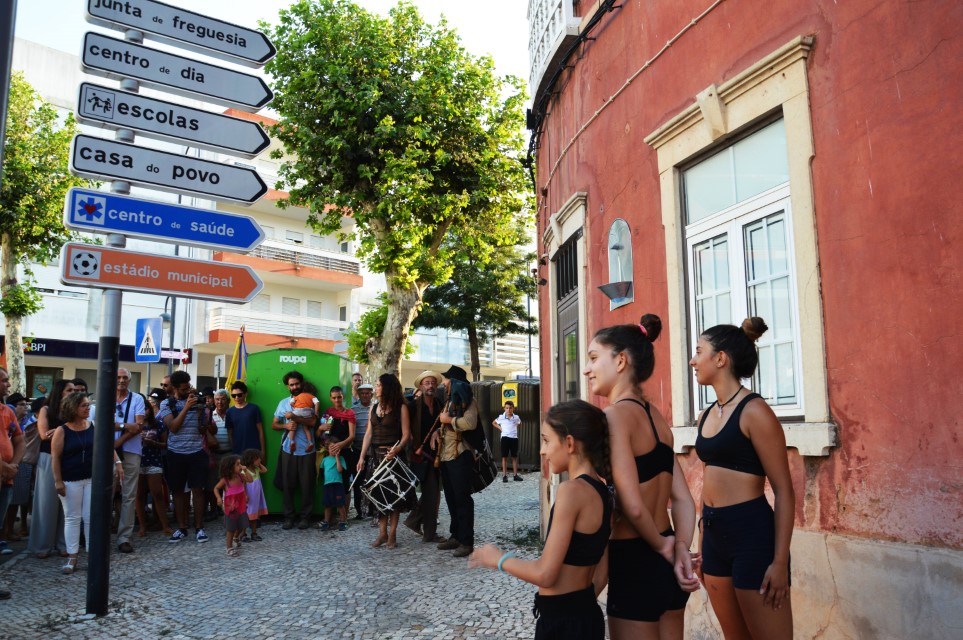
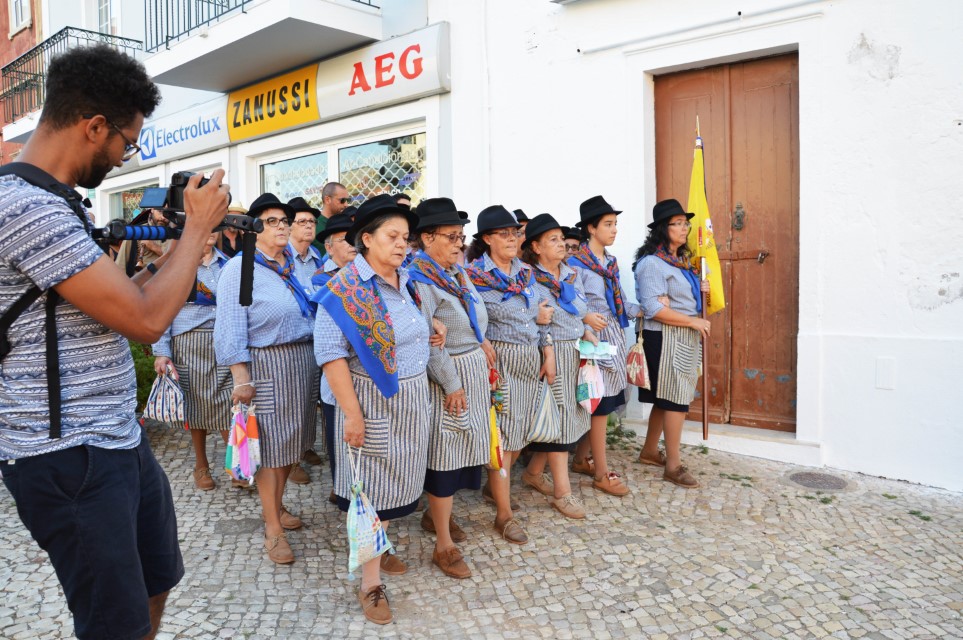
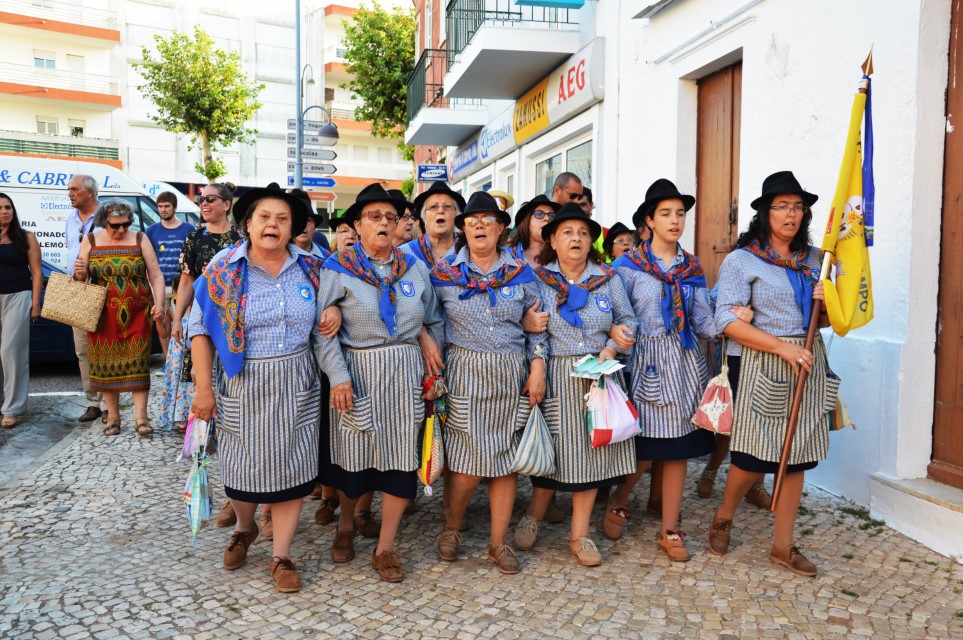
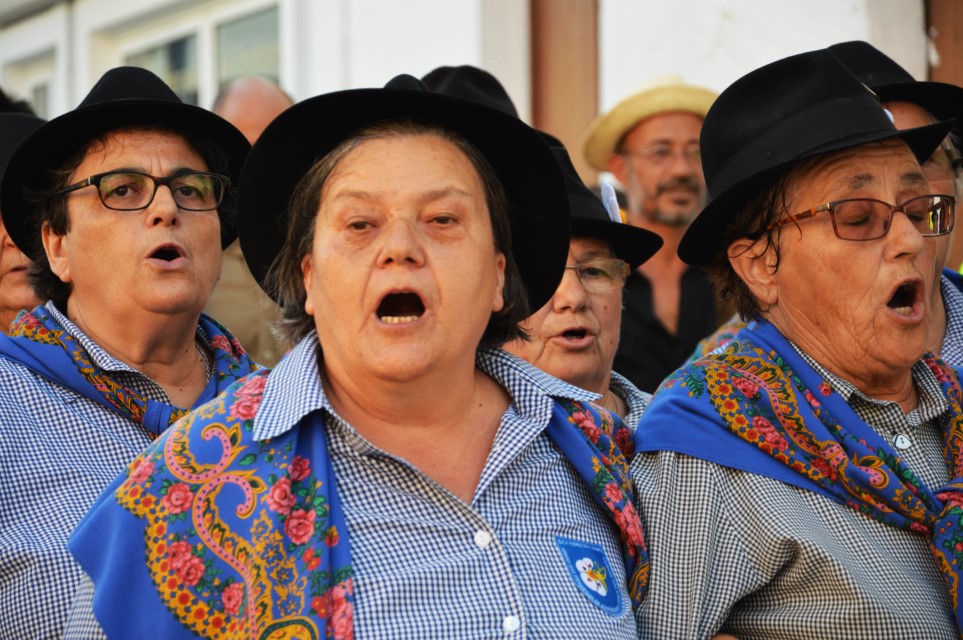
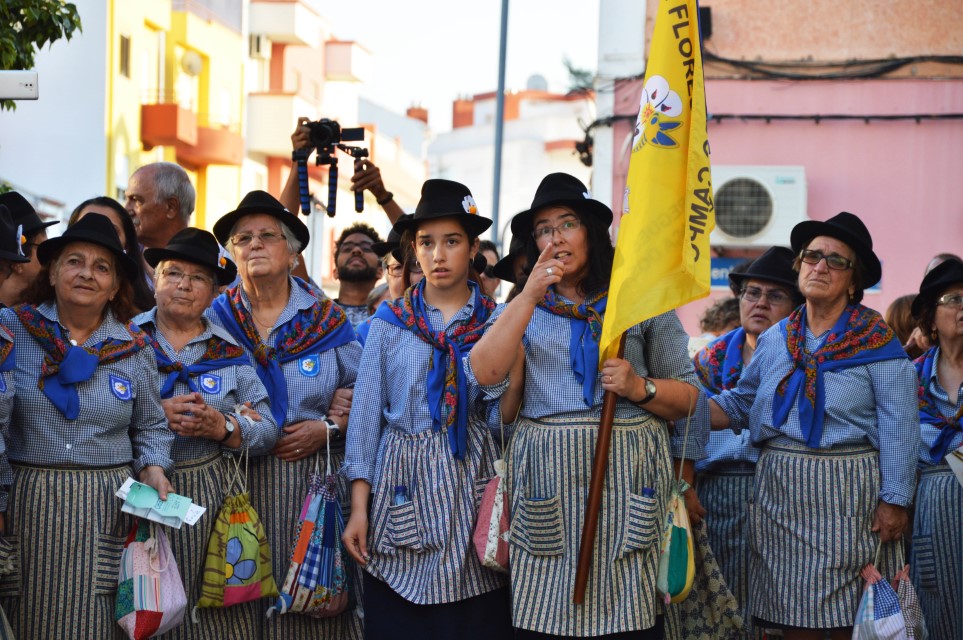
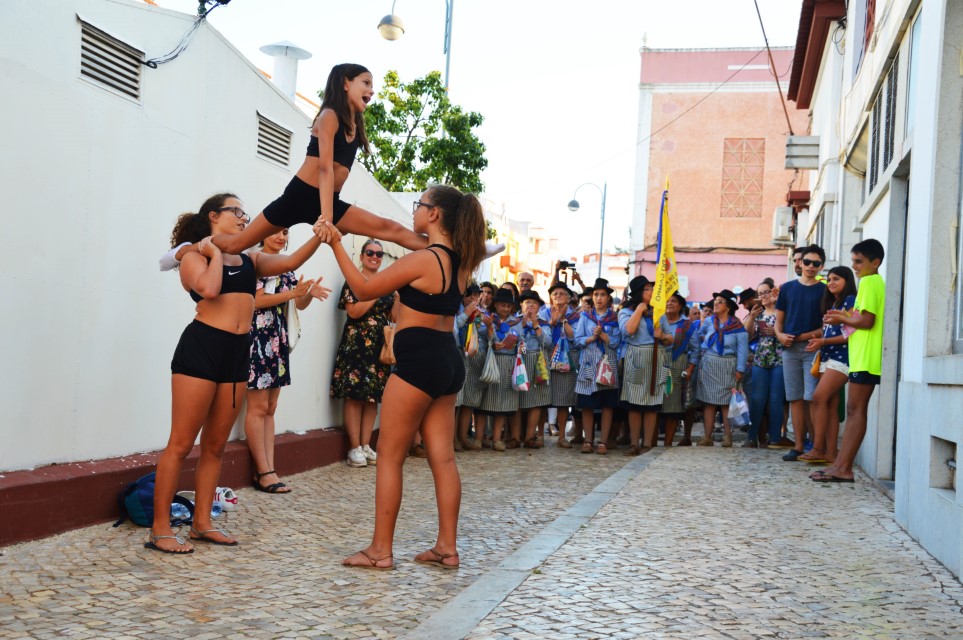
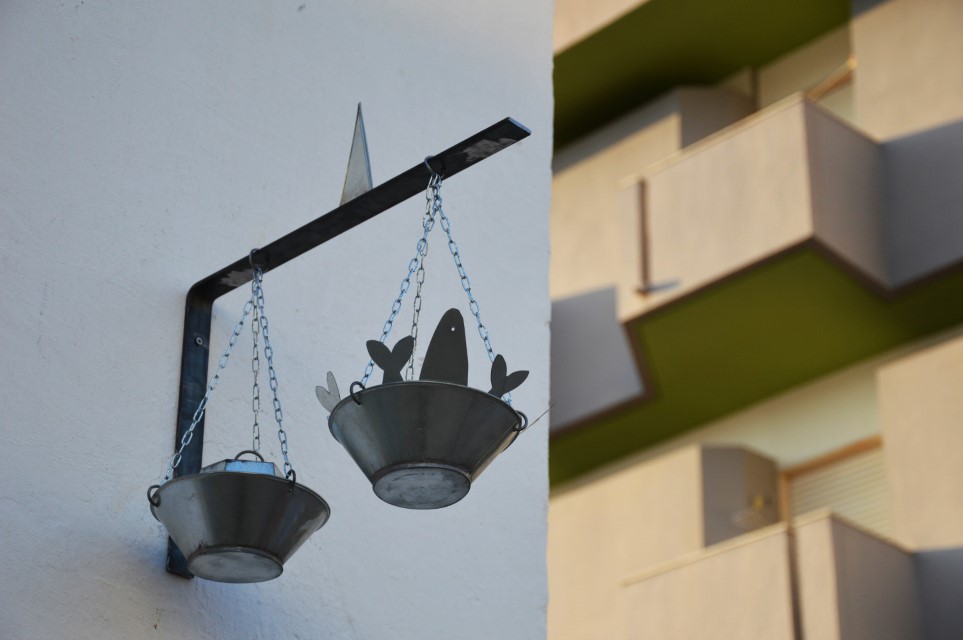
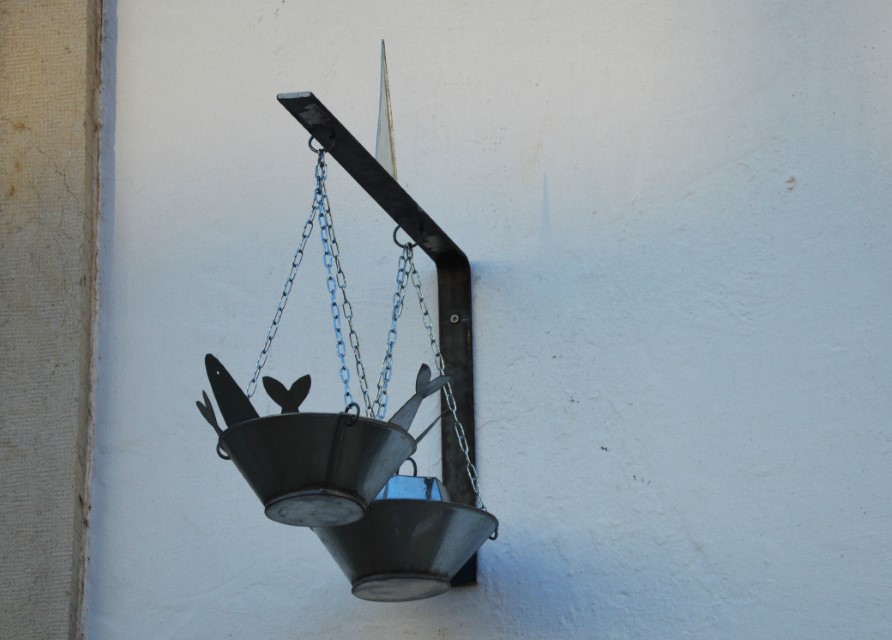
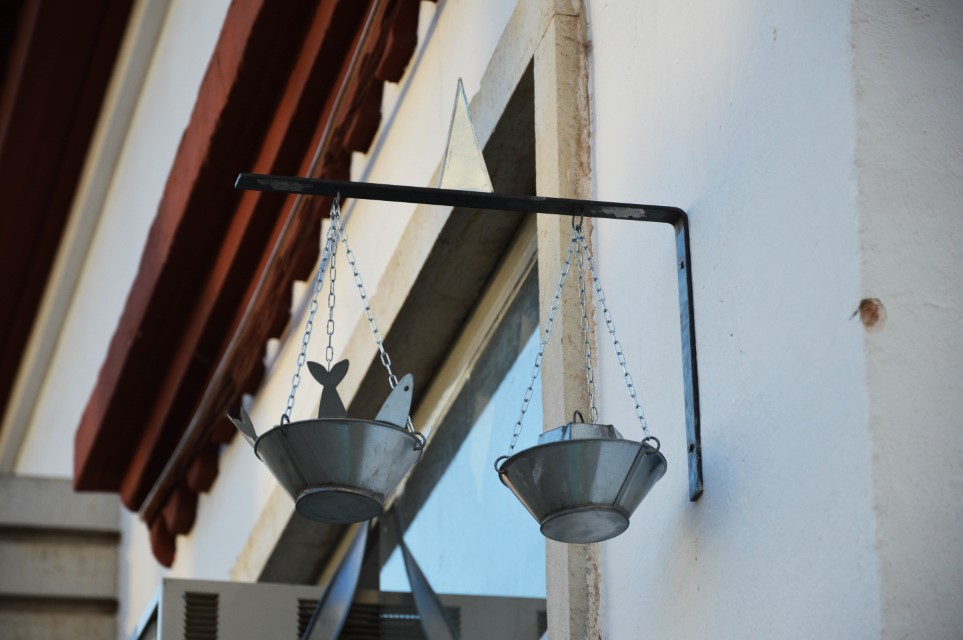
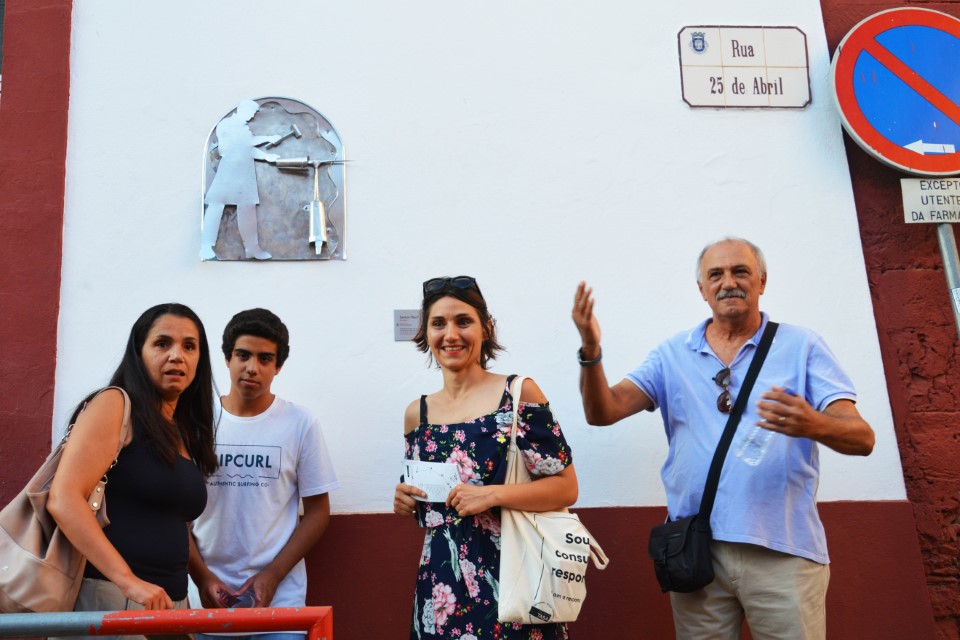
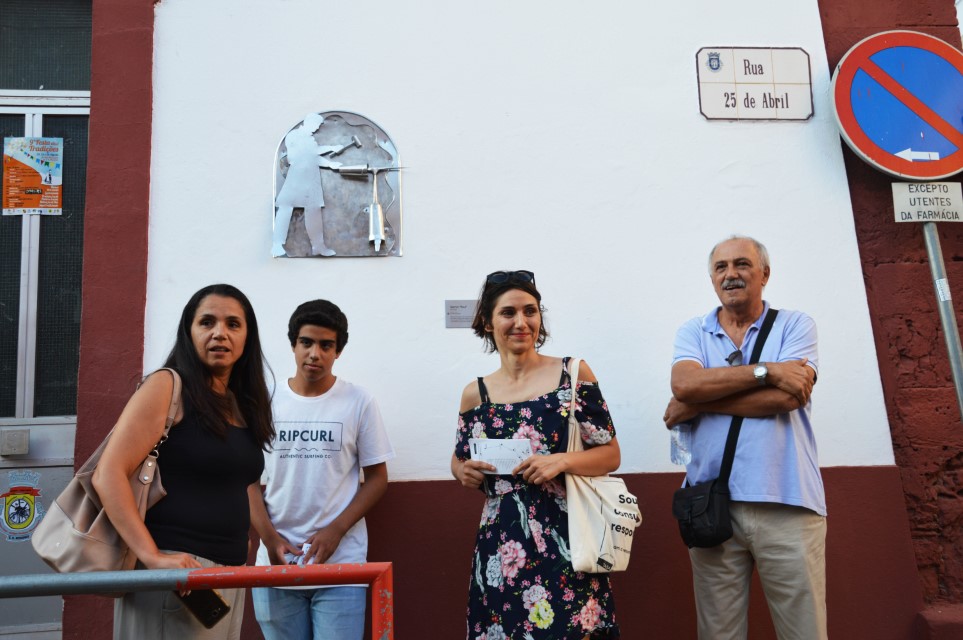
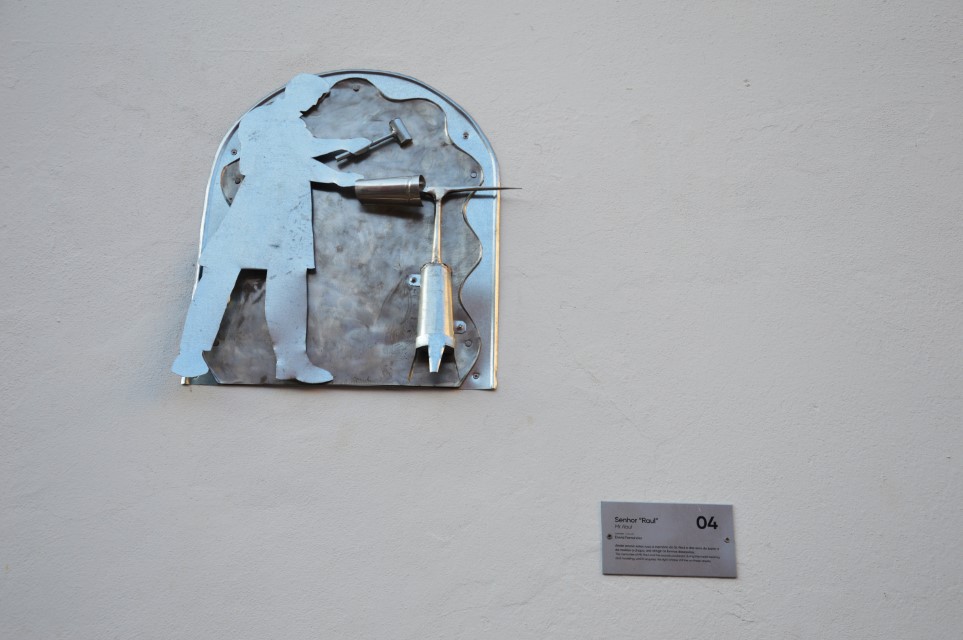
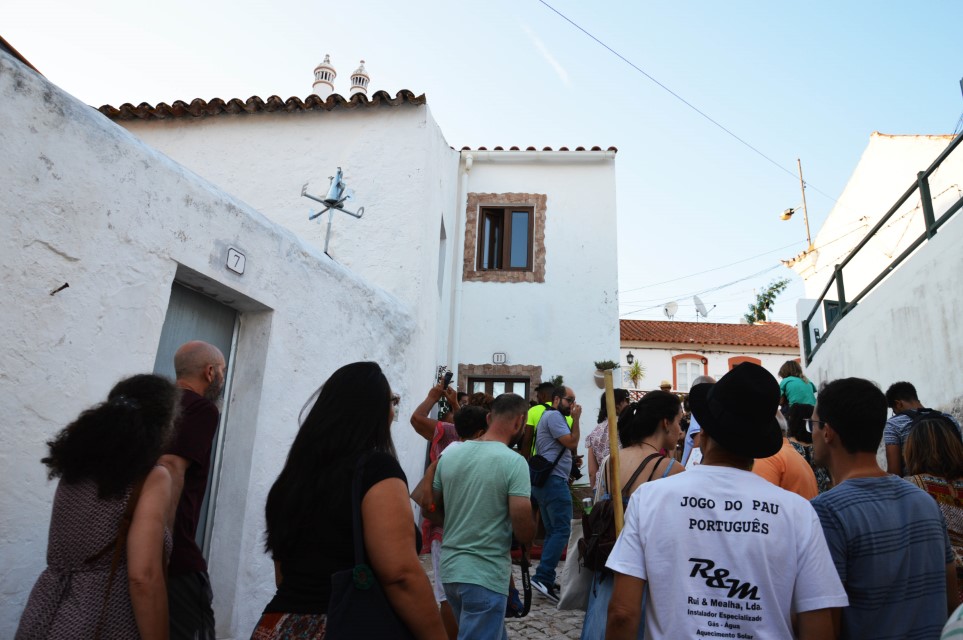
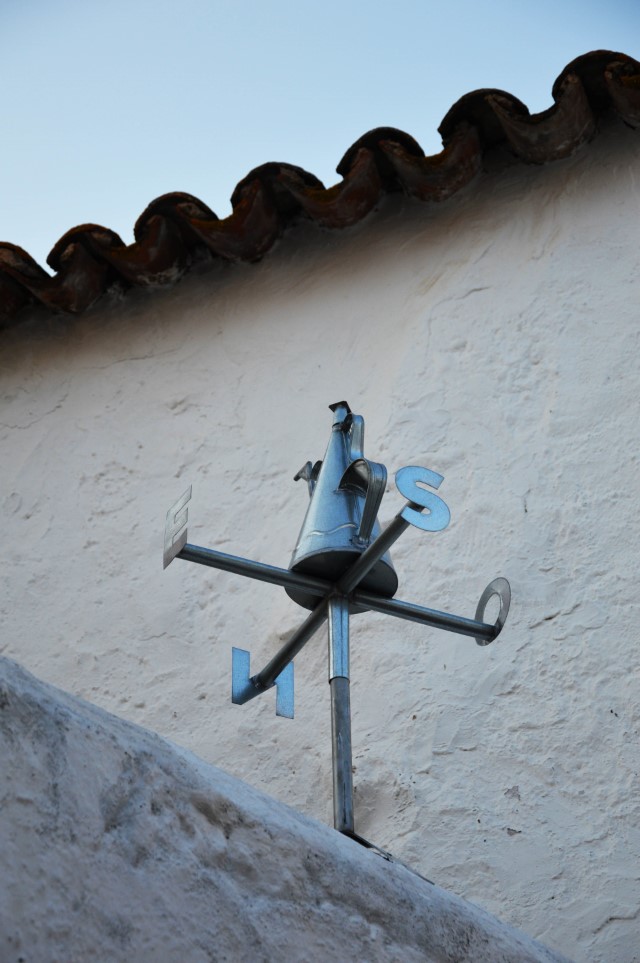
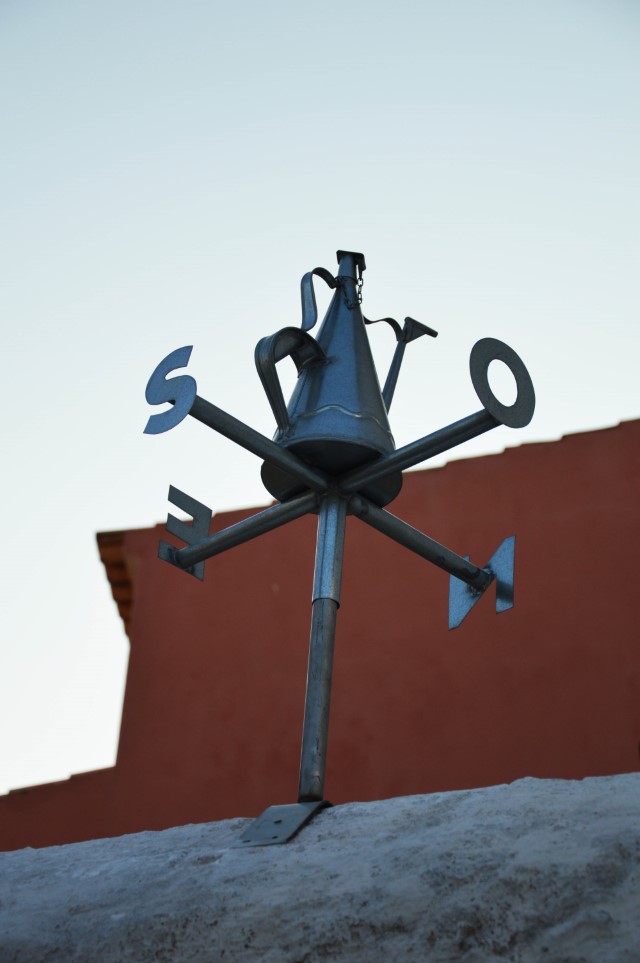
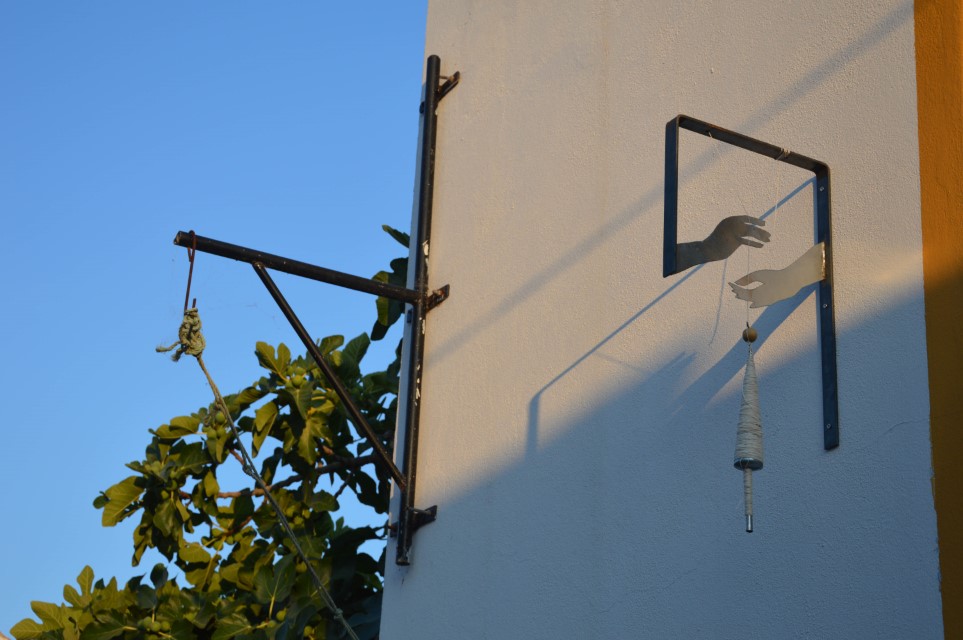
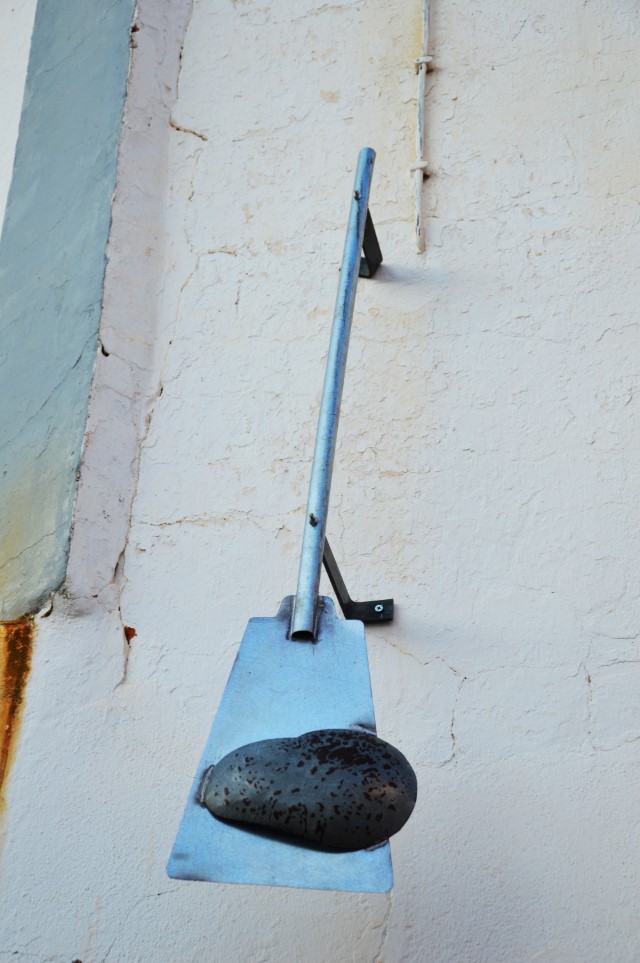
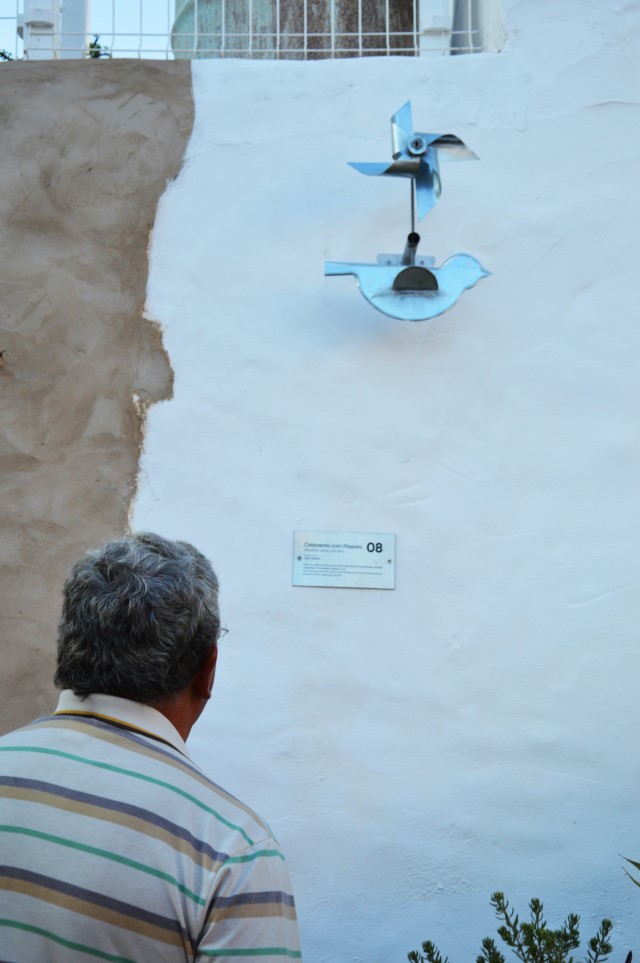
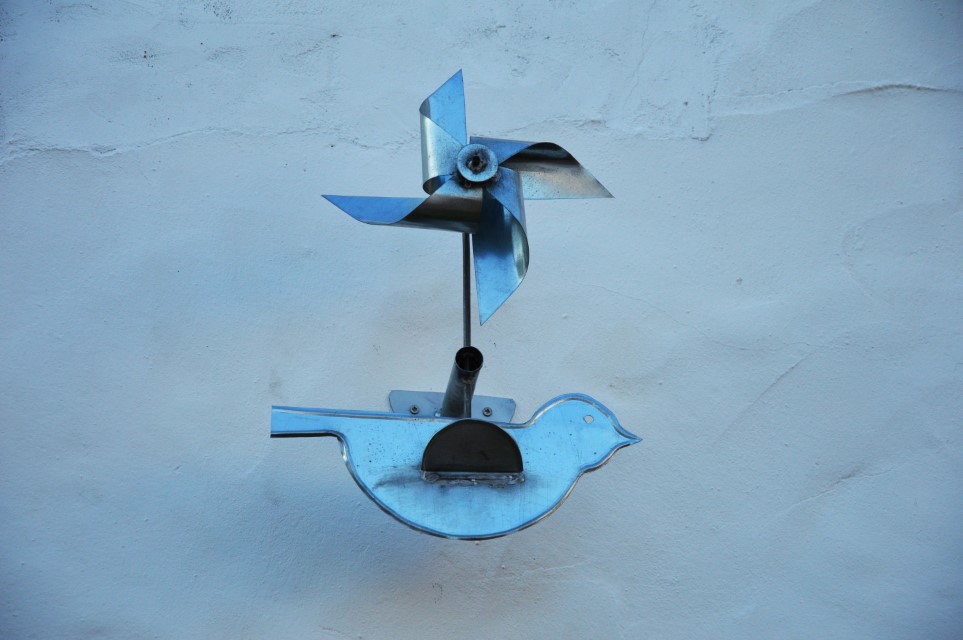
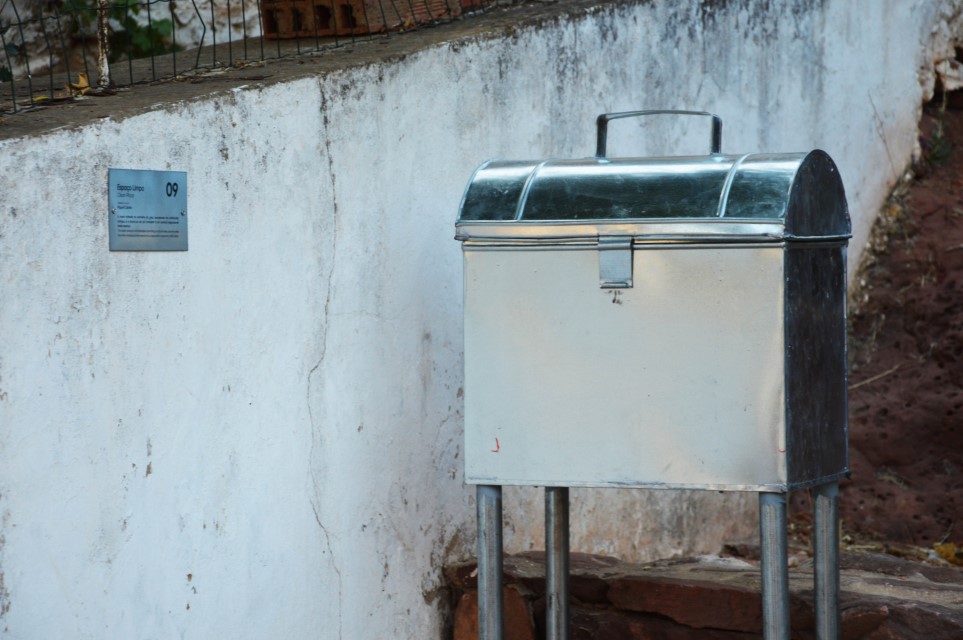
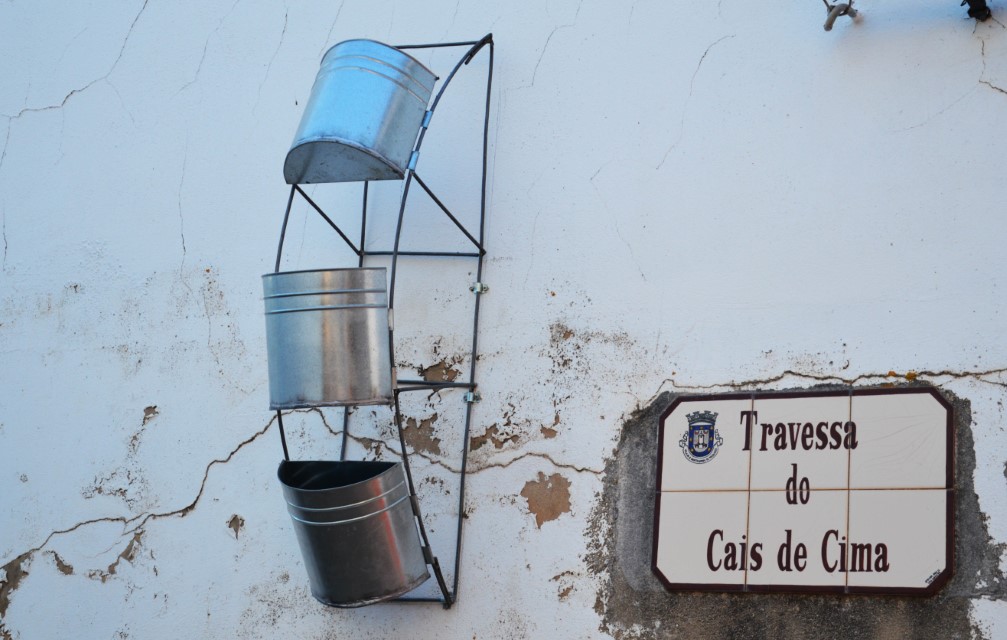
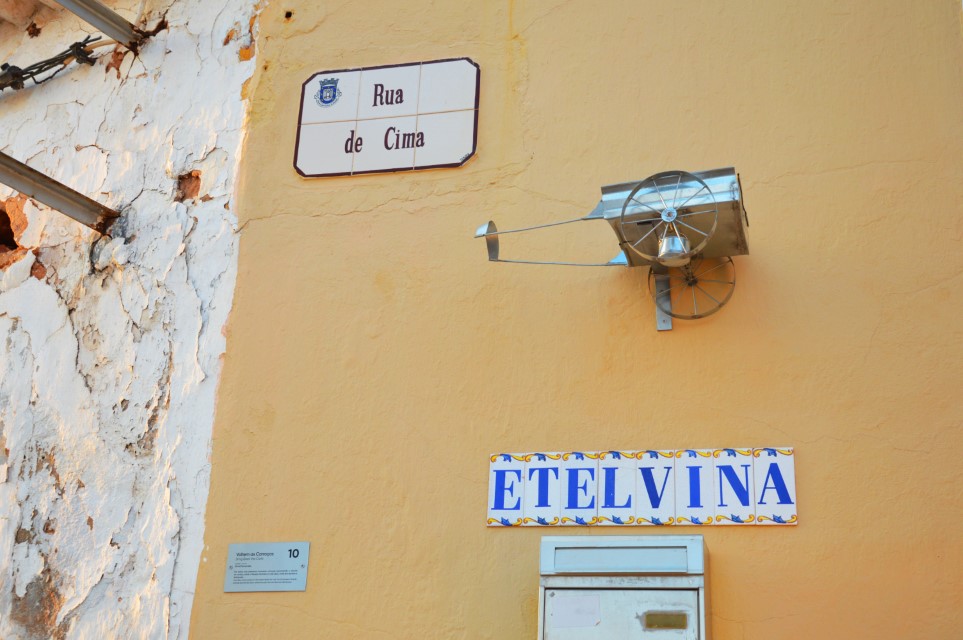
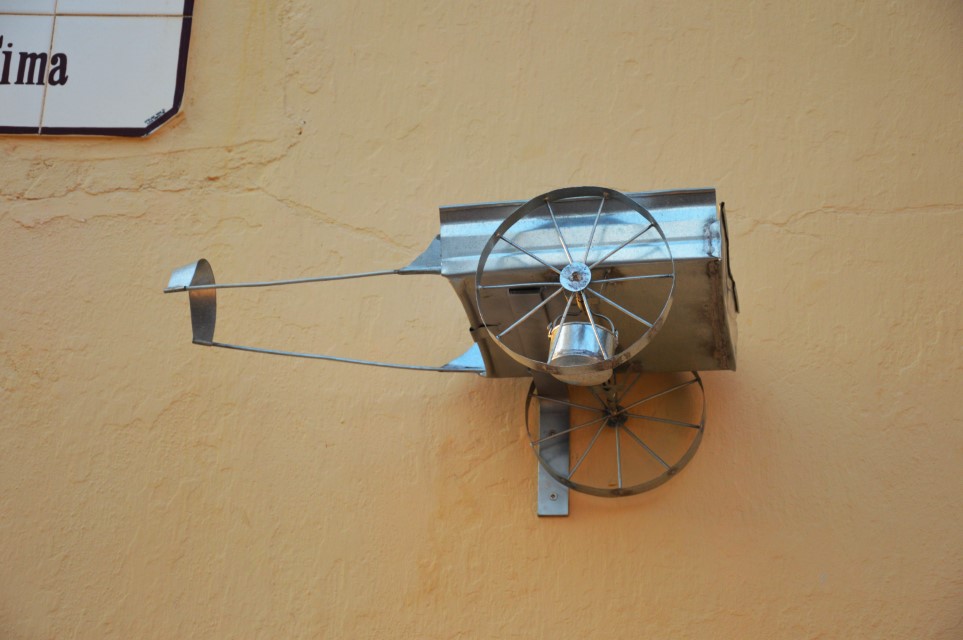
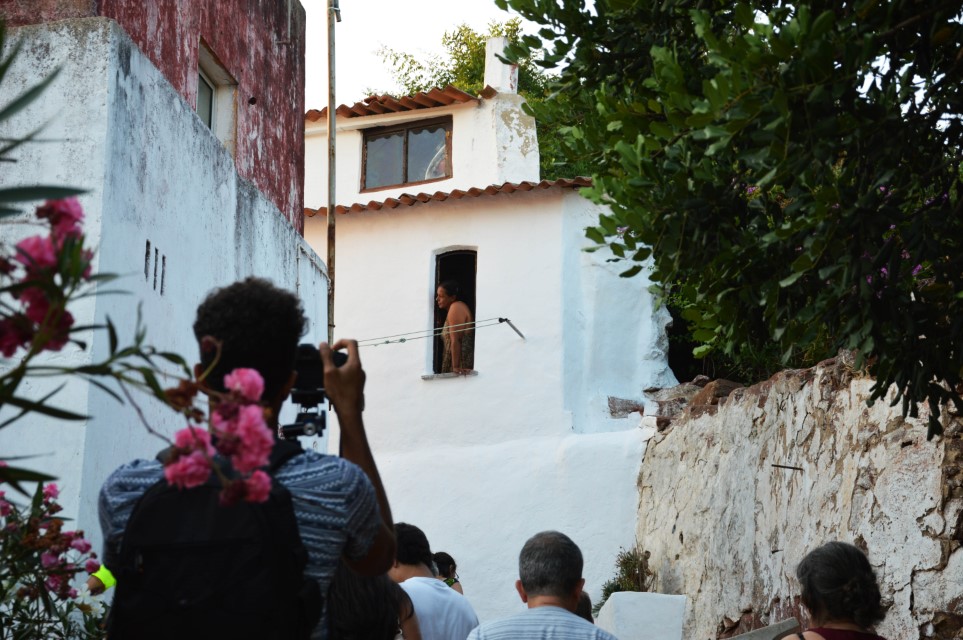
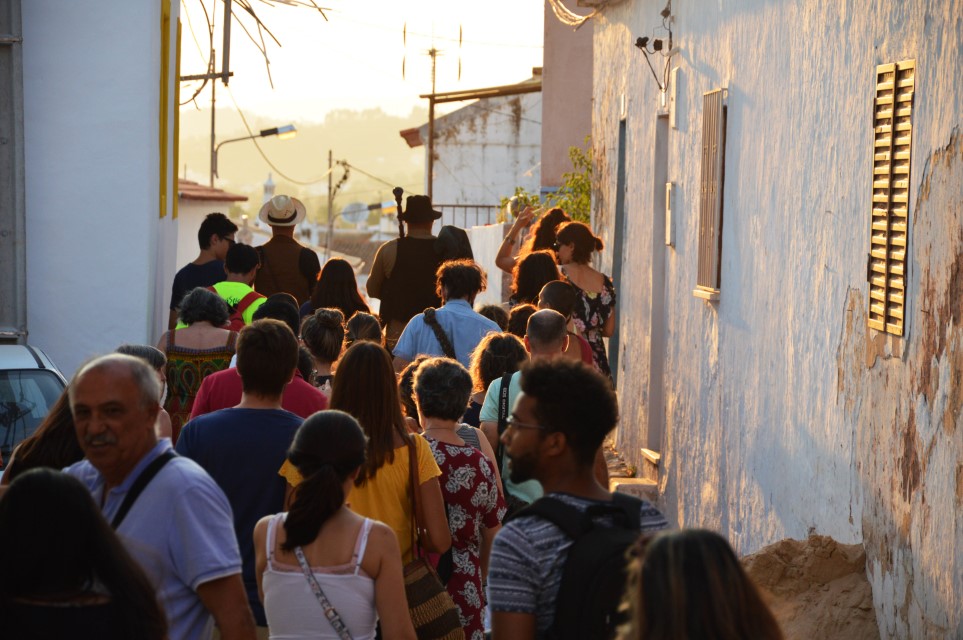
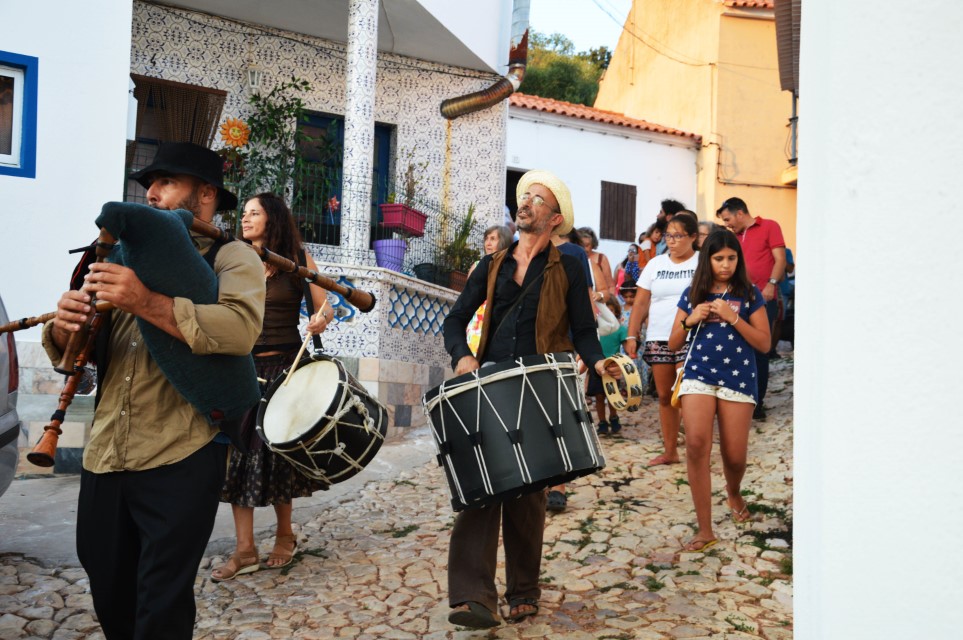
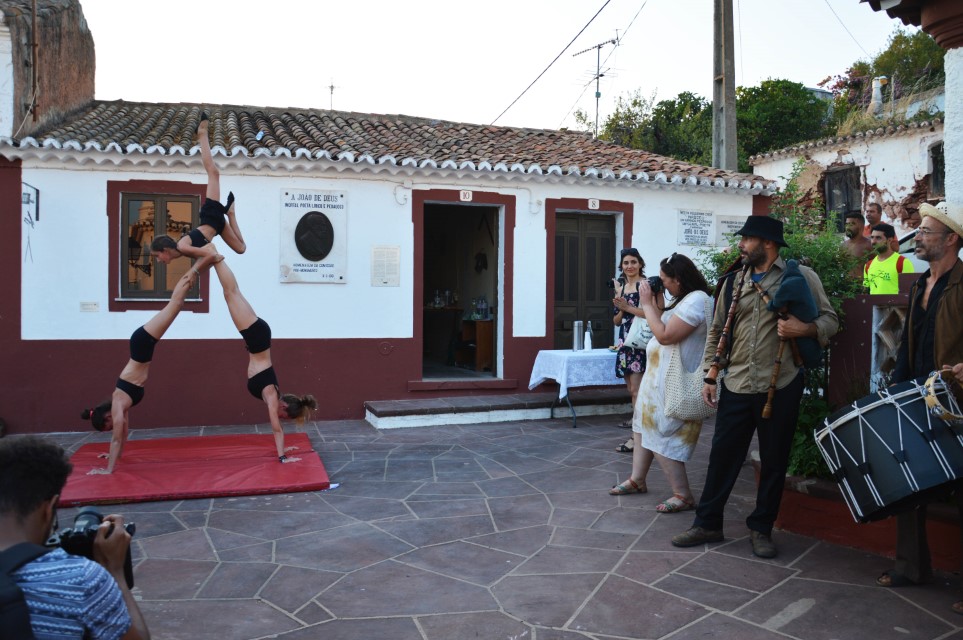
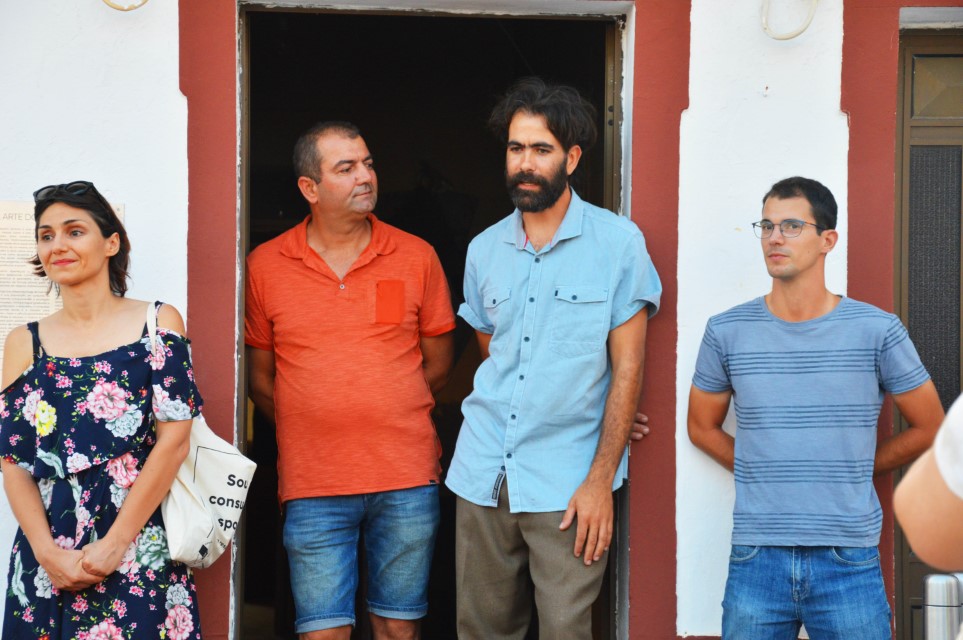
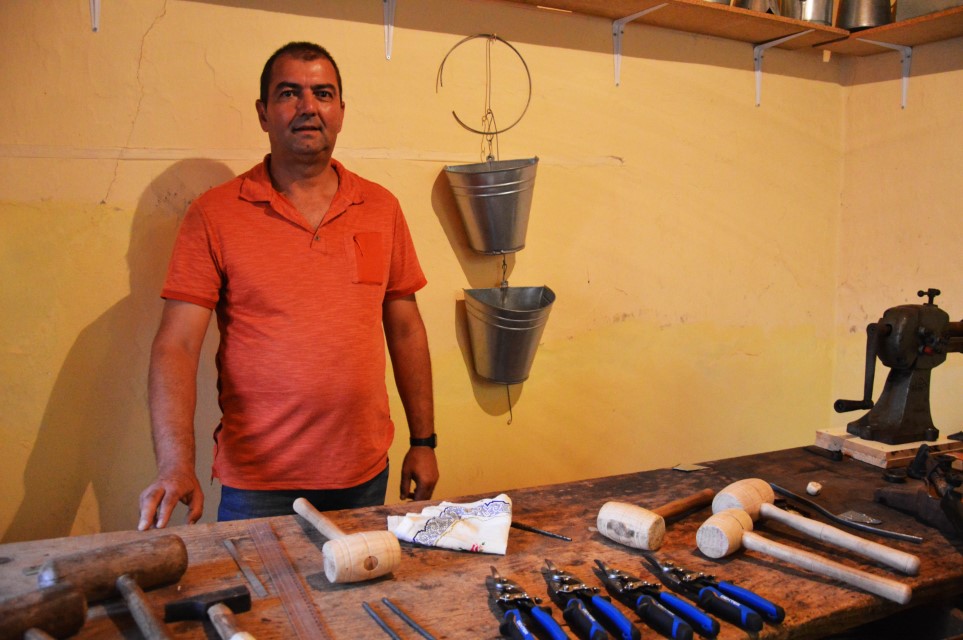
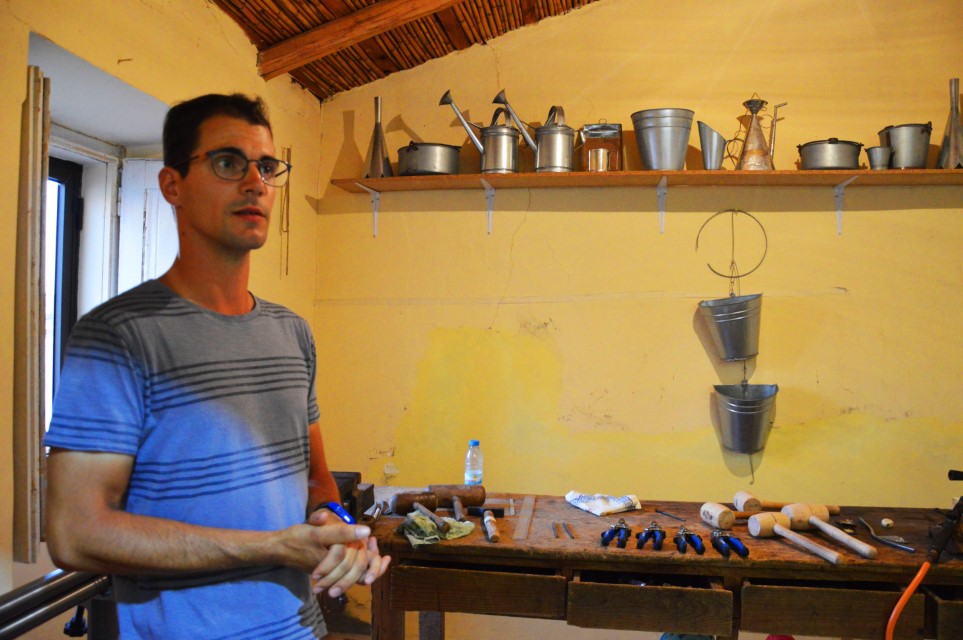
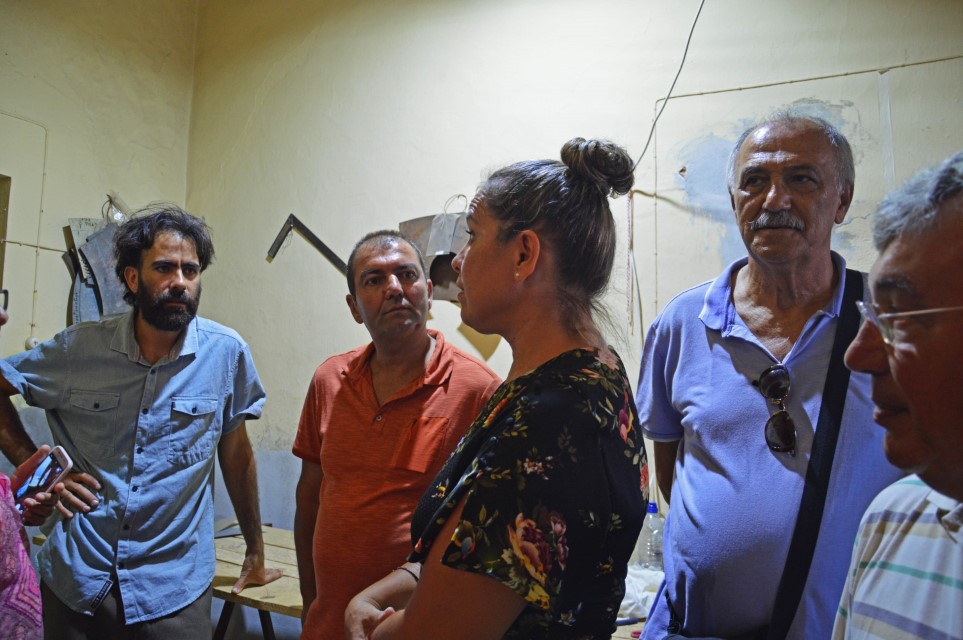
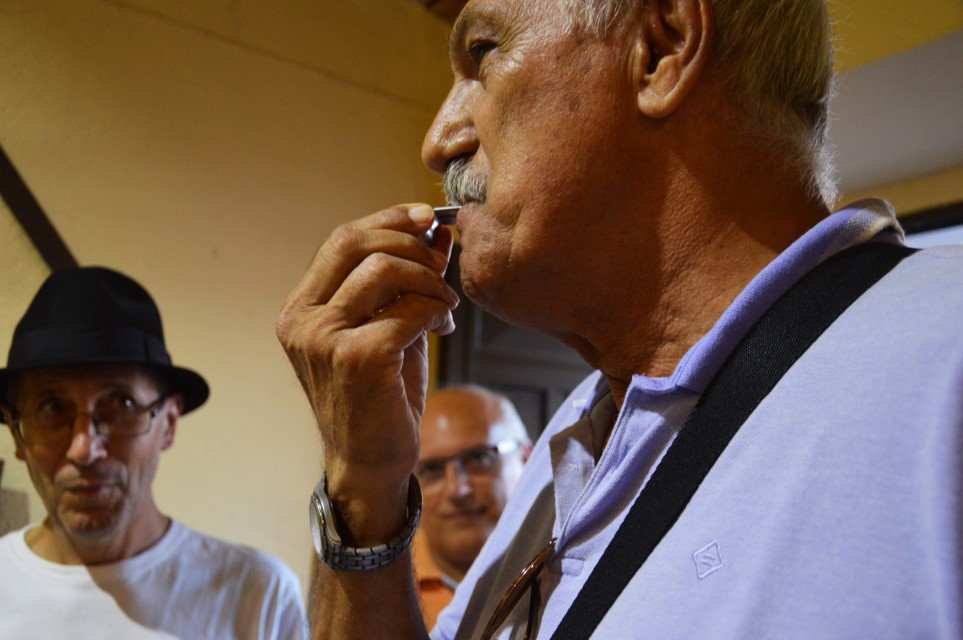


















Comments